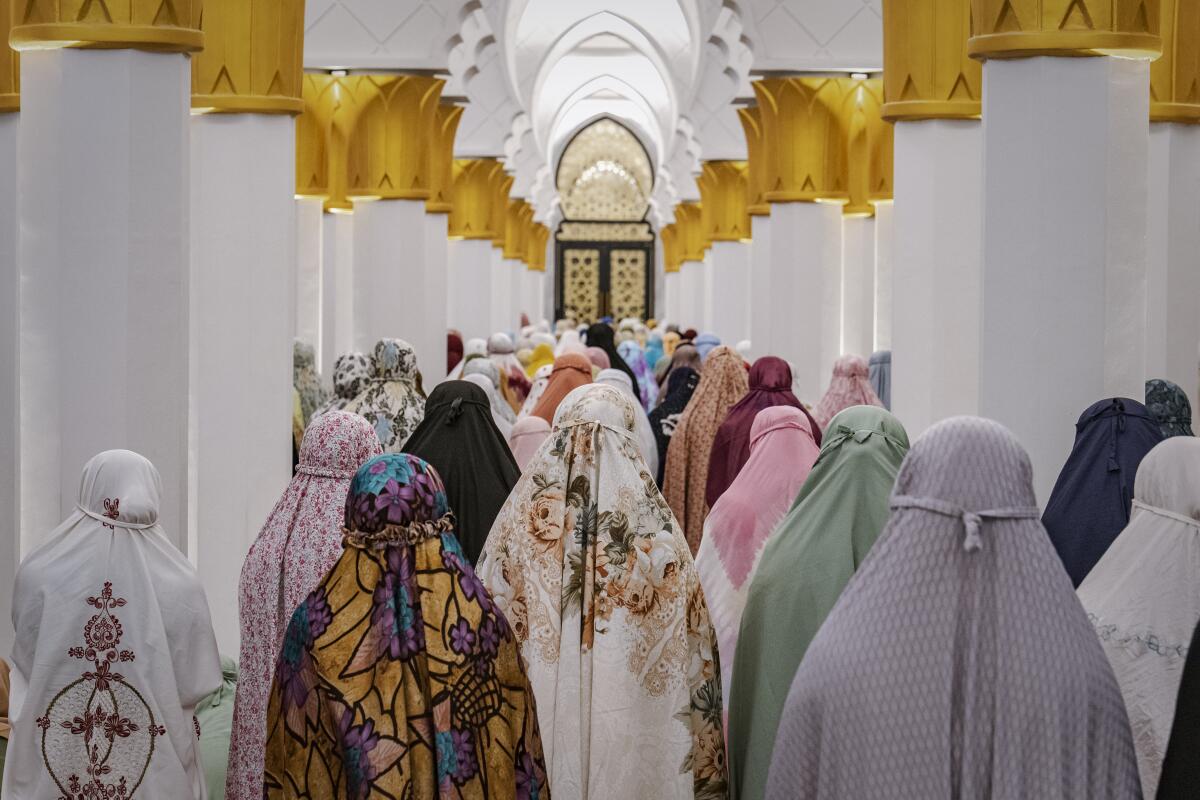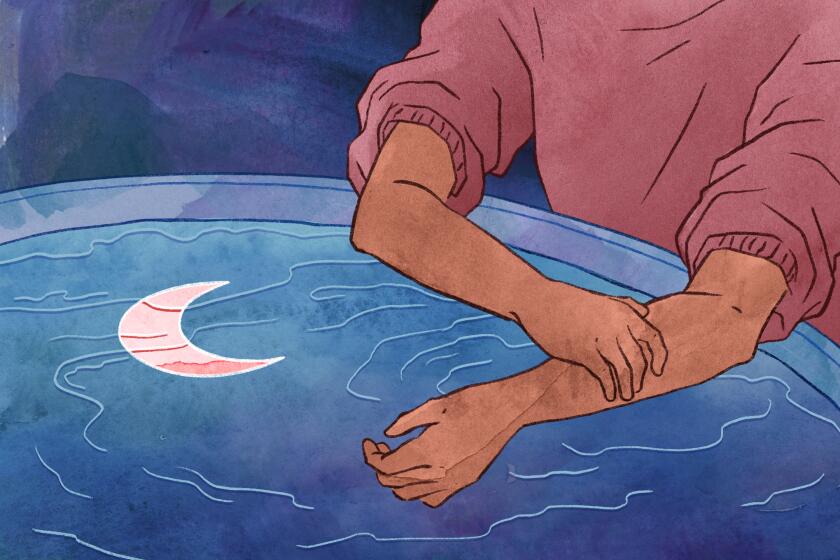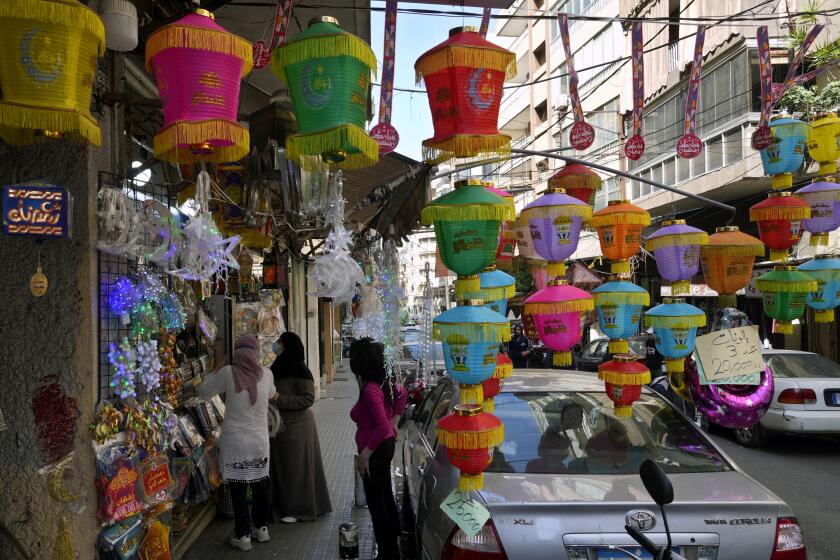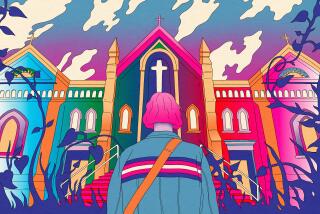Opinion: How LGBTQ+ Muslims like me create â and find â community during Ramadan

When I think of Ramadan, I do not actually think of the hardest part â the long daylight hours without food or water. I think instead of the communal aspects of it: waking up in the darkest hours with the other people in your house who are fasting, being with them during the daytime while you are sharing this experience and the best part of all, preparing the evening meal, then taking those first bites at iftar together to break the fast.
Since Ramadan (or Ramzan, it depends on what part of the Muslim world you are from) began this week, people have greeted each other with Ramadan Kareem or Ramzan Mubarak. It may sound odd to congratulate someone on the arrival of a month of austerities, but fasting is not meant as an austerity, but rather as a chance to experience the body and the mind both in new ways. And the very point of it is not to go through all of this alone as an individual but to participate in it as a community â not just the community in your house or in your town, but in a real way with Muslims around the world.
Like many members of the LGBTQ+ Muslim community, however, I have felt the pain of exclusion with our identities not always being accepted by our families or mosques. I have had to build my community in my own way and in the way I knew how. The solitude of fasting was nothing new to me, and neither was the notion that my body might exist in a larger community in a way that no one elseâs does. When I fast, I am reminded how individual I am, how my own life is like no one elseâs.
After two years of fasting in isolation, Muslims are gathering for Ramadan again, but I come with a heavy heart.
When people ask me if I am a âpracticingâ Muslim, I often do not know how to answer. What they want to know usually is, do I eat âhalalâ or do I pray five times a day, the answer to both of which is no. They may also, by implication, be asking me if I am a âcompliantâ Muslim. But there is no âoriginalâ Islam. Immediately upon its founding there were variants. After some core basic beliefs, different communities had different approaches. It was not a âschismâ but a natural flow from a source.
My answer to the âpracticingâ question is usually âyes, but not in the way that you think.â Itâs an answer that surprises people. I havenât always felt part of conventional Muslim spaces, but Iâve learned to create my own communities during Ramzan. That includes hosting iftar, with my partner, to cultivate a place where I can both feel a sense of belonging and extend that to others.
One year, I held iftars for all the Muslim students at the college where I used to teach. Word slowly spread, and our dinners of five or six grew to 20 to 30 people. One day a visiting scholar from Indonesia came. She was wearing traditional dress but had all her hair tucked up under a baseball cap. My partner and I thought it humorous, but no one said anything. The next week she came back, this time wearing a hijab. She said to me, âWhen I first arrived in the United States, I wasnât sure how people would respond to my hijab, so I wore my hair under the cap. But when I came to your house and saw you and your partner serving everyone food, I realized that there are a lot of different ways of being Muslim, and I knew that people would accept me.â
Without even knowing it, I had made a space for her to be the type of Muslim she wanted to be. And thatâs what Ramzan is for me, even more than feeding oneself and others with generosity and kindness: making others feel at home.
Food plays a central role in the Islamic holy month of Ramadan. For Muslims grappling with eating disorders, navigating those religious and social rituals can be challenging.
To me, Ramzan means family. I still remember those early morning hours waking with my mother and sharing time in the twilight. I remember the panoply of fruits my aunt Jaffery would lay on the table, the year of my first fast at age 9, for us to break our fast in advance of the feast meant to follow. I was too young then to start fasting, but I insisted on fasting along with my girl cousins.
I have fasted in India, in Paris, in the cold winters of Buffalo and the hot summers of the Canadian prairie city Winnipeg. One summer I fasted in Ramallah, high in the West Bank hills, and drove into Jerusalem to go to Al-Aqsa Mosque for the Friday prayers.
When friends ask me questions about fasting, I tell them to try it for a day. See what it is like. It is experiential and it is meant to bring you closer to yourself, to your communities and to the world around you.
Kazim Ali is the author of âFasting for Ramadanâ and the forthcoming collection, âSukun: New and Selected Poems.â He is a professor and chair of the Department of Literature at the University of California, San Diego. @KazimAliPoet
More to Read
A cure for the common opinion
Get thought-provoking perspectives with our weekly newsletter.
You may occasionally receive promotional content from the Los Angeles Times.












